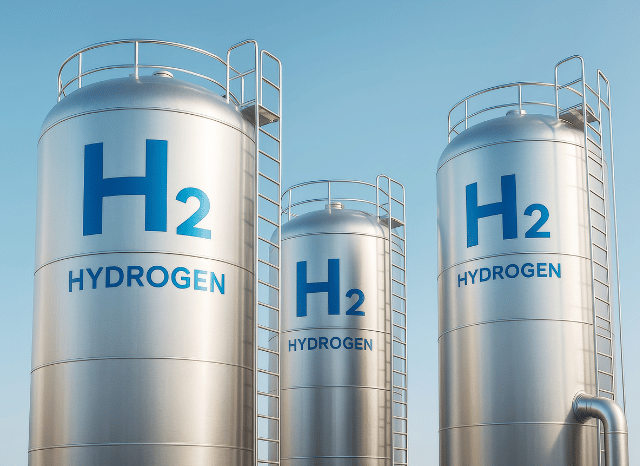From Desert to Port: How Oman's Inexperienced Hydrogen Could Electrical power Germany’s Foreseeable future
From Desert to Port: How Oman's Inexperienced Hydrogen Could Electrical power Germany’s Foreseeable future
Blog Article

Oman, Germany, and the Netherlands have signed a groundbreaking arrangement that might reshape Europe’s energy landscape, ushering in a completely new period of eco-friendly hydrogen imports from the Middle East.
A Daring move in the global Electrical power changeover is taking form between Oman and Europe. A historic agreement signed before this calendar year paves just how for one of many world’s initial huge-scale hydrogen corridors—linking Oman’s large renewable sources to Germany’s industrial hubs via the Netherlands.
The core of the initiative is eco-friendly hydrogen—made by splitting water through electrolysis driven by photo voltaic or wind Strength. This form of hydrogen has attracted international fascination for its possible to decarbonise sectors that are if not tough to electrify, including weighty transportation, metal output, and Vitality storage.
Oman, leveraging its sunny weather and bold nationwide tactic, aims to be a major global exporter of green hydrogen by 2030. Forecasts recommend the nation could make as many as one million tonnes of eco-friendly hydrogen every year by the end in the ten years. A key part of the strategy entails liquefying the hydrogen to aid abroad transport.
Enter the hydrogen corridor: a prepared maritime and logistics route ranging from the port of Duqm in Oman, extending into the ports of Amsterdam and Duisburg. Specialised cryogenic tankers, just like Individuals Employed in LNG transport but adapted for hydrogen’s Significantly reduce temperatures, will carry the gas. European ports are currently planning the mandatory infrastructure more info to obtain, retail store, and distribute the cargo.
This corridor is not just a logistical feat—it’s a strategic just one. For Germany, that is wanting to minimize dependence on fossil fuels and diversify its Electricity blend, the imports could help meet its target of bringing in ten million tonnes of renewable hydrogen by 2030. The corridor also aligns with broader EU sustainability goals and industrial decarbonisation more info efforts.
The undertaking’s significance lies not just in its scale, but in addition in its replicability. Like LNG in advance of it, liquid hydrogen could shortly transfer throughout continents, breaking no cost from the constraints of mounted pipeline networks. And Oman isn’t on your own. Other initiatives—like Spain’s Basque Hydrogen Corridor as well as the Central European Hydrogen Corridor—can also be developing the spine of the foreseeable future hydrogen overall economy.
The Basque task concentrates on integrating manufacturing, distribution, and industrial use within northern Spain. Meanwhile, the Central European route plans here to repurpose existing gasoline pipelines to carry hydrogen from Japanese Europe to Germany, further cementing the region’s position in the hydrogen transition.
If profitable, these initiatives could mark An important milestone in decarbonising Europe’s hefty here industries and transport networks—powered through the Sunlight and wind of distant deserts.